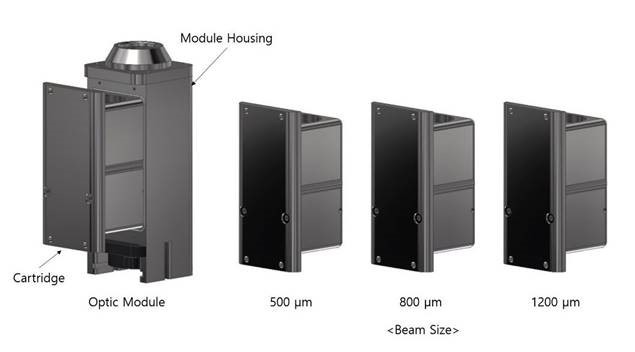
 |
Charlotte Stonestreet
Managing Editor |
| Home> | MACHINE BUILDING & ENGINEERING | >3D Printing & Prototyping | >Fine metal 3D Printing |
Fine metal 3D Printing
19 June 2019
Available via TLM Laser, 3D metal printing innovator InssTek provides a Direct Metal Tooling (DMT) variation on the Direct Energy Deposition (DEP) process. With DMT, standard industrial metal powders in conjunction with closed loop feedback systems offer manufacturing and repair capabilities. This includes mixing metals within the same print to maximise quality and reduce production costs.

An InssTek 3D printer can be equipped with a variety of powder hoppers, each of which can be individually controlled with a powder delivery accuracy of 0.1g/min. The closed loop feedback control mechanism ensures the meltpool is measured and optimised up to 100 times a second. This results in an absolutely homogenous internal structure with maximum density.
InssTek is also launching a cartridge system for the 3D printer’s optics. This will allow users to easily swap lenses and accessories to achieve different resolution characteristics.
The cartridge system will add flexibility to InssTek’s established reputation for precision optics. Currently, InssTek’s 3D printer users need to select a module for their optics. The choice is one of a small module for fine, complex geometry or a larger module better suited for larger volumes and higher speeds.
Best of both
InssTek has now redesigned its optics so that essential lens and accessories are mounted in a compact cartridge. These lenses are commercially available and are easily changed without any specific training by a machine operator. As a result, InssTek’s 3D printers are now even more price competitive and even easier to maintain.
The new cartridge system will not only allow different resolution characteristics with just one machine but will also allow more efficiency in cladding operation, improving performance yet further.
InssTek sees this new flexibility to be of particular interest in the area of materials research, especially in university and research labs where adaptability can be a major advantage.


















